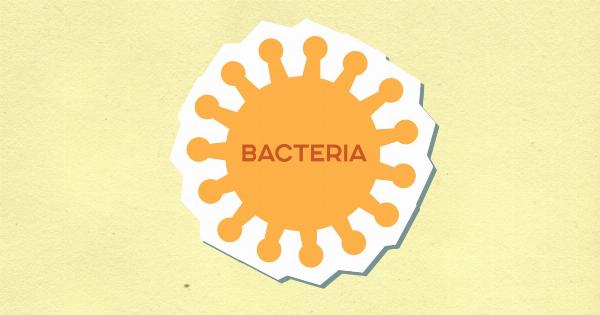Antibiotics have long been hailed as a miracle in modern medicine, saving countless lives by combating bacterial infections. However, overuse and misuse of these medications have led to a concerning rise in bacterial resistance.
This dark side of antibiotics poses a significant threat to public health and calls for a reconsideration of their usage.
What are antibiotics?
Antibiotics are powerful drugs used to fight bacterial infections. They work by either killing bacteria outright or inhibiting their growth.
These medications have been instrumental in treating various ailments, from respiratory infections to urinary tract infections.
The rise of antibiotic resistance
Antibiotics have been overused in the medical field and even in agriculture and livestock. This misuse has fueled the rise of antibiotic-resistant bacteria, also known as superbugs.
When bacteria are exposed to antibiotics too frequently or inappropriately, they can develop mechanisms to evade the drugs’ effects.
Contributing factors
Several factors have contributed to the alarming increase in antibiotic resistance:.
1. Overprescription by healthcare professionals
Healthcare professionals have often been quick to prescribe antibiotics, sometimes even in cases where they are unnecessary.
This practice stems from a desire to alleviate patient symptoms quickly, but it fails to consider the long-term consequences of antibiotic resistance.
2. Patient demand
Patient demand for antibiotics also plays a role in their overuse. Many patients with viral infections, which antibiotics cannot treat, pressure their doctors into prescribing these drugs.
This misperception about the effectiveness of antibiotics against viruses further exacerbates the issue.
3. Agricultural use
Agricultural practices have heavily relied on antibiotics to promote growth in livestock and prevent infections.
The routine use of antibiotics in healthy animals leads to the development of antibiotic-resistant bacteria, which can then be transmitted to humans through the consumption of contaminated meat products.
4. Incomplete antibiotic courses
Patients often fail to complete the full course of antibiotics prescribed to them. Incomplete courses allow bacteria to survive and potentially develop resistance, as the remaining bacteria may have a chance to adapt and multiply.
The consequences of antibiotic resistance
The rise of antibiotic resistance poses significant consequences for public health:.
1. Reduced effectiveness of antibiotics
As bacteria become increasingly resistant to available antibiotics, these medications become less effective in treating infections. This leads to longer illnesses, increased healthcare costs, and higher mortality rates.
2. Limited treatment options
With fewer effective antibiotics in their arsenal, healthcare professionals face limitations in treating certain bacterial infections. Previously treatable conditions may become untreatable, increasing the risk of complications and death.
3. Increased healthcare costs
The emergence of antibiotic-resistant bacteria leads to prolonged illnesses, more extensive medical interventions, and increased hospital stays. This significantly drives up healthcare costs for both individuals and healthcare systems.
4. Threat to modern medicine
Antibiotics underpin many life-saving medical procedures, including surgeries, organ transplants, and cancer treatments.
The loss of effective antibiotics would jeopardize the success of these procedures, potentially pushing modern medicine back to a pre-antibiotic era.
Addressing the issue
Combating antibiotic resistance requires a multi-faceted approach involving various stakeholders:.
1. Healthcare professionals
Healthcare professionals must adhere to evidence-based guidelines for antibiotic prescription.
This includes accurate diagnosis, appropriate use of broad-spectrum and narrow-spectrum antibiotics, and educating patients about the risks of antibiotic resistance.
2. Public awareness campaigns
Efforts to educate the public about antibiotics and their proper use are crucial in curbing resistance.
Public awareness campaigns can help dispel misconceptions, such as the effectiveness of antibiotics against viral infections, and discourage self-medication.
3. Agricultural regulations
Tighter regulations on antibiotic use in agriculture and livestock are necessary to reduce the emergence of antibiotic-resistant bacteria in the food chain.
This includes promoting responsible antibiotic use and exploring alternative strategies to promote animal health and prevent infections.
4. Research and development
Investment in research and development of new antibiotics and alternative treatment options is vital.
The discovery of novel antibiotics and non-antibiotic alternatives can help combat existing drug-resistant bacteria and prevent the emergence of new ones.
The future of antibiotics
While the dark side of antibiotics threatens public health, efforts are underway to combat resistance and safeguard the usefulness of these medications.
By implementing responsible practices and investing in research, we can collectively address bacterial resistance and ensure that antibiotics remain effective tools in our fight against infections.































